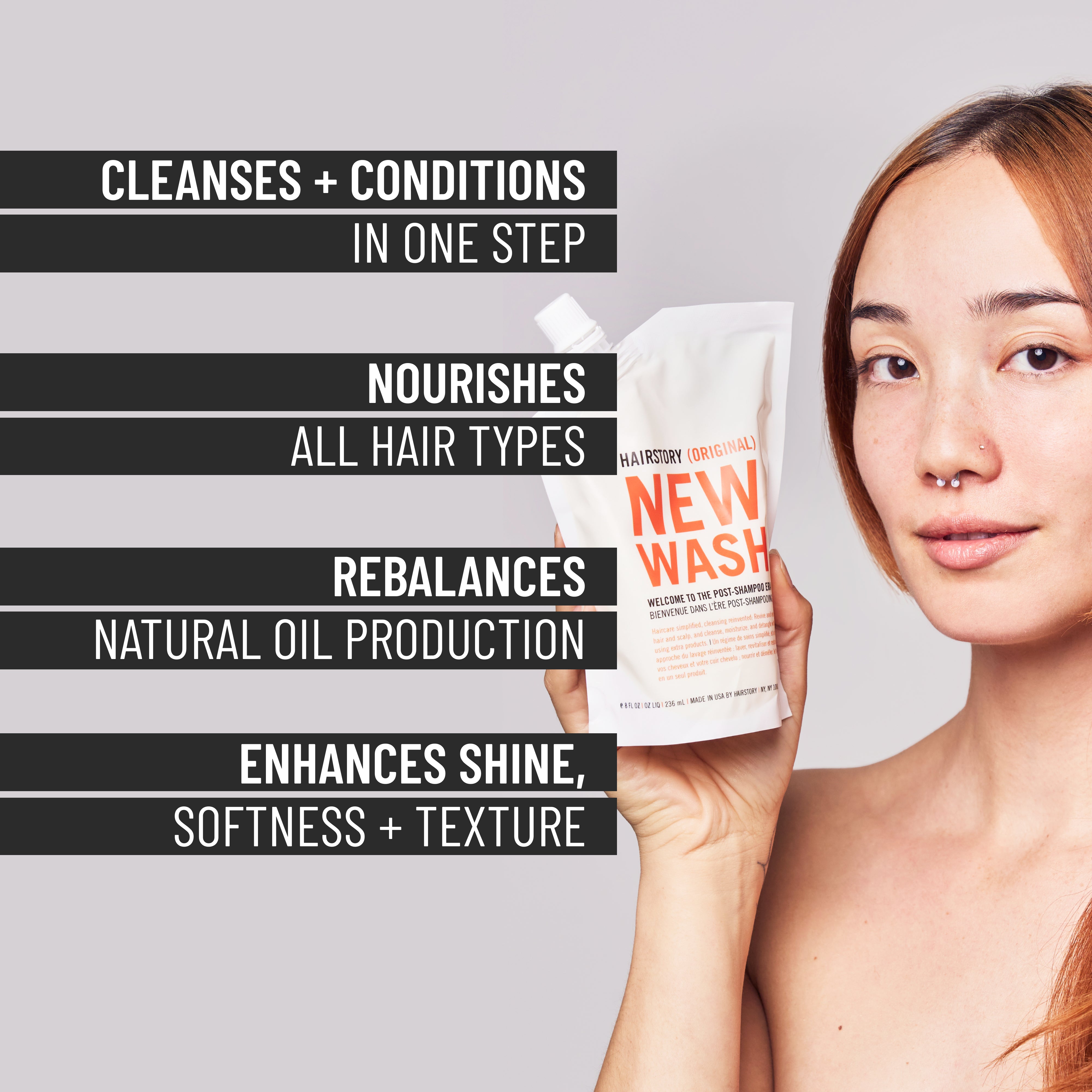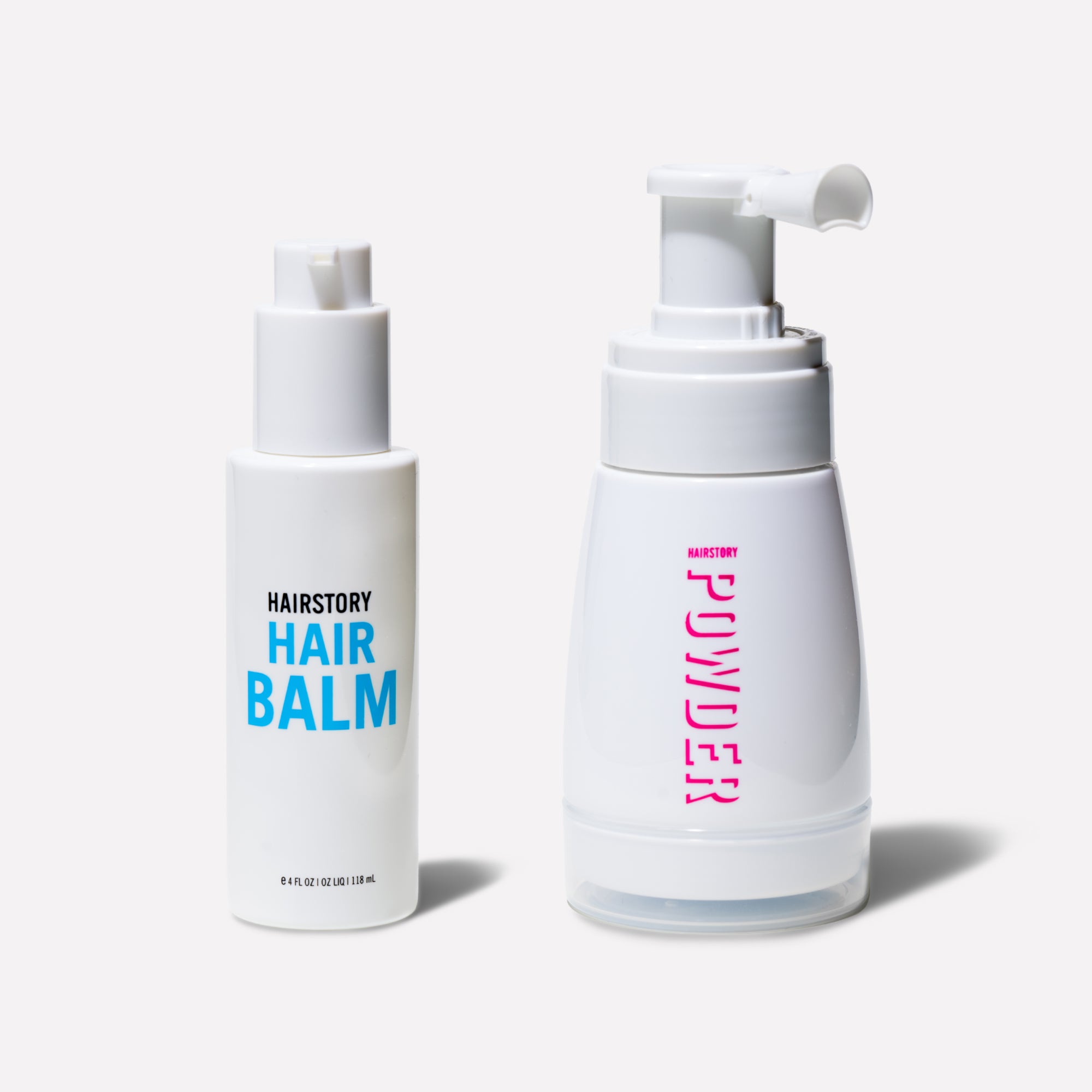Get Enlightened Before You Get Lightened: Balayage vs Highlights vs Ombre
Highlights. Babylights. Lowlights. Ombre. Dip dye. Balayage. Reverse balayage. Partial balayage.
Confused yet?
The minute you begin scouring the internet to find inspiration for your next cut and color, you’re bound to encounter a variety of (seemingly overlapping) terms. If you’re not sure of the difference between balayage vs highlights or balayage vs ombre, how can you effectively describe your hair goals to your stylist?
Below, we break down the basics of three essential hair color terms: highlights, ombre, and balayage. Learn which might be the best option for you – so you can walk into your next appointment with confidence.
What’s the Difference Between Balayage and Highlights and Ombre?
Balayage, highlights, and ombre are three common hair coloring terms, and you may even see them used interchangeably. In reality, these terms represent three distinct styles and techniques, so to choose the right option for your hair, it’s important to understand the differences.
What Are Hair Highlights?
Highlights are pieces of your hair that are colored to be lighter than your base color. While highlights aren’t always blonde (a dark brunette, for example, might opt for light brown or caramel), they’re achieved using bleach. Typically, these sections of hair are lightened all the way from the root to the ends.
There are a few different ways stylists can apply highlights. One of the most common methods is foiling, which involves sectioning out pieces of the hair with a comb before applying lightener. Then, the highlighted strands are folded into pieces of foil to process by trapping heat to allow the lightener to deeply penetrate. The stylist may then follow the lightening treatment with another color or toner to get brassiness out of hair.
The other main highlighting technique is balayage, which brings us to...
What Is Balayage?
Balayage is a lightening technique that’s used to achieve more graduated, natural-looking highlights. The term balayage comes from a French word that means “to sweep,” which refers to the sweeping motion stylists use to apply the lightener. With this technique, stylists hand-paint highlights on the hair in a freestyle manner. You can also opt for a partial balayage, which focuses on just a portion of the hair – like top layers or face-framing sections.
As with any highlighting technique, balayage requires the use of bleach. However, unlike the traditional foiling method, balayage highlights typically process either in the open air or while covered with plastic film.
Balayage is often considered easier to maintain than highlights because it starts away from the scalp, preserving naturally darker roots and getting lighter toward the ends. As a result, there’s no blunt line of color transition or obvious regrowth, so you can go longer between salon visits and touch-ups. This is also helpful if you’re concerned about how often you can dye your hair without damaging it.
What Is Ombre?
Ombre is a look, rather than a hair coloring technique. In general, ombre is the blending of one color into another. In the realm of hair color, this typically involves a darker color at the roots transitioning into a lighter color at the ends — creating a dramatic, graduated effect.
When considering balayage vs ombre, the key difference is that balayage is a technique, while ombre is a look. Technically, balayage can be used to create an ombre effect.
Should I Get Highlights or Balayage or Ombre?
Still not sure which style to try during your next salon visit? Here are some of the key differences and answers to common questions about each.
Key Differences
Here’s a summary of the main difference between balayage vs. highlights vs. ombre:
Highlights are lightened hair strands, which can be achieved using a few different techniques, including foils and balayage.
Balayage is a highlighting technique, but not exclusively. It tends to look more natural and requires less maintenance than traditional foil highlights.
Ombre is a dramatic, gradated look, which can be created using a balayage technique.
If you look at balayage vs highlights side by side, you’ll see that traditional highlights typically extend all the way to the roots, while balayage begins lower down on the shaft. When comparing balayage vs ombre, you’ll notice that balayage typically uses vertical placement for highlights, while ombre is marked by a more horizontal color change.
Which Takes Longer?
How long can you expect to be in the salon for each style? Whichever you choose, timing depends on your hair thickness, length, and current color. If your natural shade is dark brown, for example, it may take several salon visits to lift it to the desired lightness. If you have extremely dense hair (i.e., a lot of it!), it can take dozens of foils to achieve all-over highlights.
The length of the appointment will also depend on the ultimate color you want to achieve. After lightening sections of your hair, you may want to add color to tone the bleached areas. Whether warmer, cooler, or even vibrant like blue or pink, your stylist may recommend demi or semi permanent hair color, both of which add more time to the process.
As a general guide, balayage can take two to five hours, highlights can take two to four hours, and ombre can take between two and four hours. No matter piques your interest, ask for a consultation with your colorist to determine how long it takes to get your heart’s desire.
Which Is Healthier for Your Hair?
Because highlights, balayage, and ombre all typically require the use of bleach, none are particularly healthy for your hair. However, there are plenty of ways to update your blonde hair care routine to minimize the negative effects of bleach.
First, make sure to ask your hairstylist about their policies on toxicity and safety. Look for one who uses the least toxic color lines, has air filtration systems installed, and minimizes the number of clients getting color done at the same time – all of which reduce the risk of exposure to harmful chemicals.
Then, make sure you know how to take care of bleached hair between salon visits. Protecting your hair from the sun, limiting the use of hot tools, and using a gentle, detergent-free cleanser like New Wash can keep your strands healthy and minimize future breakage.
Which Is Easier to Maintain?
How long does balayage last? It only requires a touch-up every 12 to 14 weeks; whereas maintaining traditional foil highlights means visiting the salon every four to six weeks. Maintaining an ombre look depends on the placement of the color and the technique used, but in general, it’s a low-maintenance style that can allow you to go weeks (or months) between salon visits.
Ultimately, answering the question, “Should I get balayage or highlights or ombre?” comes down to the look you want and how often you’re willing to visit the salon to maintain it. Your colorist will help you decide what works best for your hair and your lifestyle – and they’ll appreciate that you did your homework!

















































